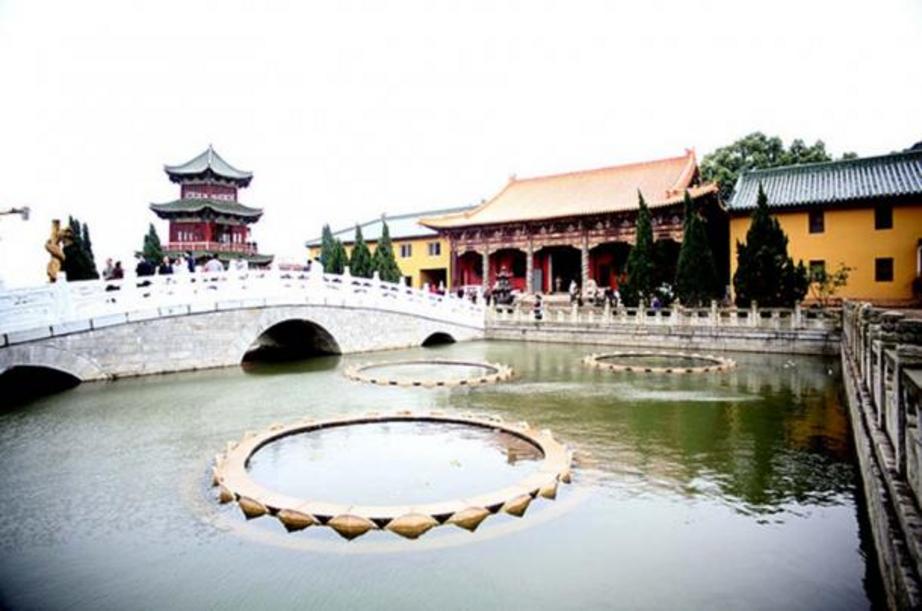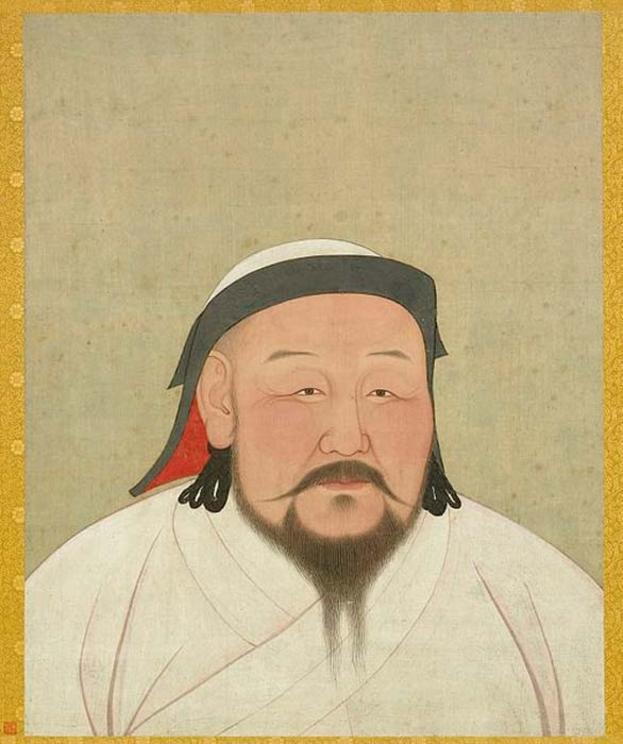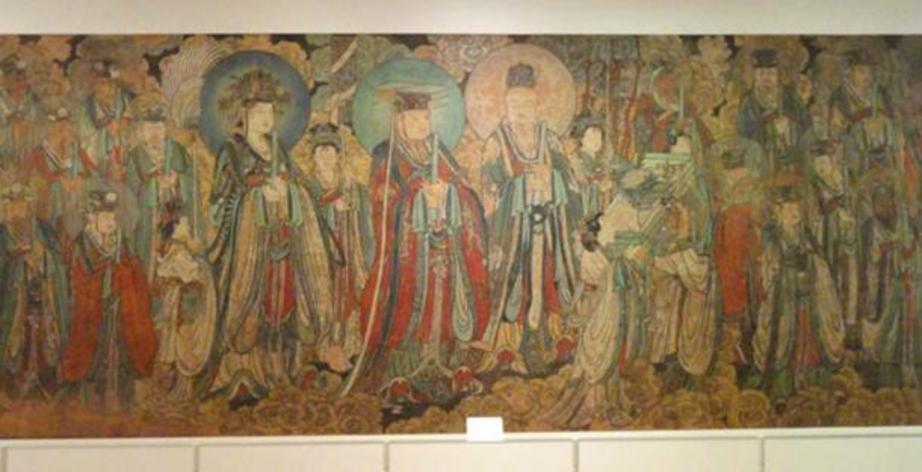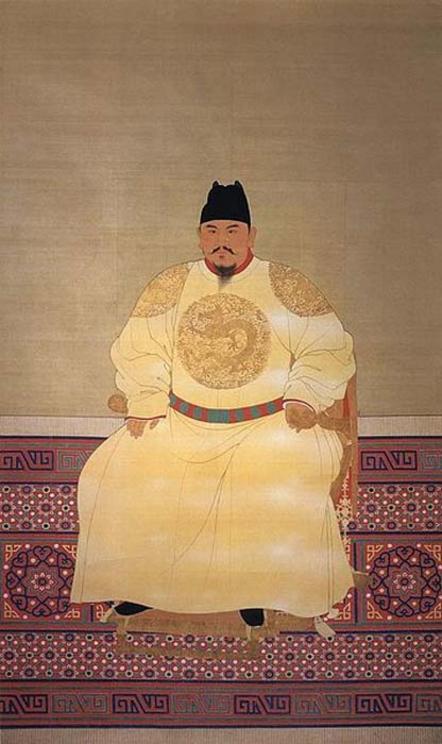The White Lotus Society and the demise of Mongol rule in China
The White Lotus Society / Sect (written in Chinese as 白莲教, and Romanised as ‘Bai Lian Jiao’) was a millenarian movement that existed in imperial China. As a religious movement, the teachings of the White Lotus Society were based mainly on Buddhist tradition, though some elements of Taoism and other indigenous Chinese practices were also incorporated into it. In addition, the White Lotus Society developed into a political movement, and took part in some notable rebellions in Chinese history.
Buddhist Beginnings
The White Lotus Society is said to have had its religious roots in the Pure Land School of Buddhism. This branch of Mahayana Buddhism was founded by Huiyuan during the 4th century AD on Mount Lu, in Jiangxi province. Huiyuan’s teachings were propagated from Donglin Temple, which he had founded, and by the time of the Northern Song Dynasty (between the 10th and 12th centuries), had spread across southern China.
 The Lotus Pond at Donglin Temple
The Lotus Pond at Donglin Temple
It was, however, only during the middle of the 12th century that a Buddhist monk by the name of Cizhao founded the White Lotus Society. Some of this new movement’s practices include the veneration of the Amitabha Buddha, the observance of the five Buddhist rules of discipline, and the illustration of Buddhist teachings via drawings and pictures. The teachings of this school were simple and easy to understand, and the use of images and drawings made the teachings of the Buddha accessible to all. As a result, many people became adherents of the White Lotus Society.
Establishment Support
It is perhaps due to the popularity of this new religious movement that the Chinese authorities were suspicious of it, and hence did not officially recognise them. The situation changed following the establishment of the Yuan Dynasty by Kublai Khan during the latter part of the 13th century. The Mongol rulers of China acknowledged the White Lotus Society, and even sponsored them. This aided the propagation of the movement’s teachings, and brought the White Lotus Society to an even greater audience, thus turning it into an important branch of Buddhism.
 A painting of Shizu, better known as Kublai Khan, as he would have appeared in the 1260s
A painting of Shizu, better known as Kublai Khan, as he would have appeared in the 1260s
In time, however, the teachings of the White Lotus Society changed, especially when the common people began developing their own ideas about this religion. One of the most notable of these is the belief that the Buddha would descend from Heaven to bring salvation to mankind. Thus, the White Lotus Society had begun to take on a millenarian character. It may be added that this millenarian aspect of the movement was particularly attractive when the government was weak and corrupt, which caused suffering amongst the common people.
 Homage to the Highest Power, Yuan Dynasty, China circa 1300 AD
Homage to the Highest Power, Yuan Dynasty, China circa 1300 AD
A Religious Rebellion
Adherents of the White Lotus Society who subscribed to this belief hoped to hasten the coming of the Amitabha Buddha / Maitreya Buddha by toppling the Yuan Dynasty. Therefore, they began to rebel against the government. Consequently, the White Lotus Society was banned by the Yuan government in 1308, and was only made legal again several years later. The movement was once again outlawed in 1322, as there had been an increase in the number of uprisings led by its followers against the government.
The Yuan Dynasty eventually came to an end as a result of the Red Turban Rebellion, which lasted from 1351 to 1368. The teachings of the White Lotus Society provided the religious basis for the rebellion, and the rebel groups were led by individuals from this movement. One of these was Han Shantong, whose son took over his place following his death. One of their generals was a peasant named Zhu Yuanzhang, who succeeded Han Shantong’s son as leader, defeated the Mongols, and established the Ming Dynasty.
 Official court painting of the Hongwu Emperor (Zhu Yuanzhang), reigned 1368-1398 AD, Ming Dynasty, China
Official court painting of the Hongwu Emperor (Zhu Yuanzhang), reigned 1368-1398 AD, Ming Dynasty, China
Another important rebellion launched by members of the White Lotus Society was the White Lotus Rebellion. This took place during the Qing Dynasty, and lasted from 1796 to 1804. This rebellion was less successful than that of the Red Turbans, and the Qing government succeeded in crushing this uprising. Nevertheless, the White Lotus Rebellion had exposed the weakness of the Qing government, weakened the power of the dynasty, and diminished its wealth.
For full references please use source link below.
